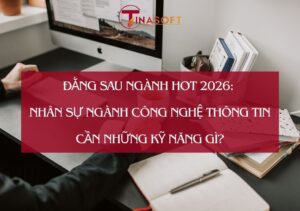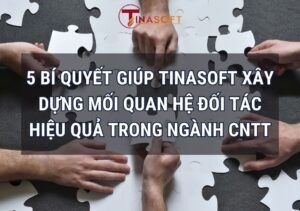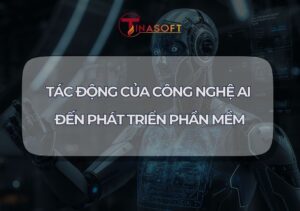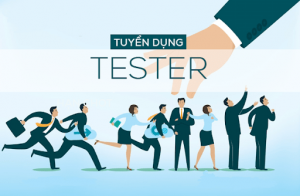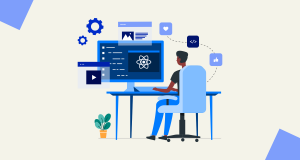
Mind-reading AI ventures into the dangerous construction sector., where thoughts metamorphose into written words, marks an exceptional leap forward. This groundbreaking stride not only unlocks unprecedented channels for communication but also reshapes the very essence of expressing ideas. Join us on an expedition through the astounding advancements in modern AI technology, orchestrated in collaboration with TINASOFT!
Devices aiding mind-reading AI human thoughts
Using a specifically tailored helmet equipped with an array of sensors and integrating the capabilities of artificial intelligence, a dedicated team of researchers has made significant strides toward the direct conversion of human thoughts into written text.
In the conducted study, participants were asked to engage with written text while wearing a helmet that recorded the electrical activity of their brain through their scalp. This collection of brainwave data, known as electroencephalogram (EEG) recordings, was then processed using an AI model named DeWave, allowing for the translation of these neural signals into readable text.
Chin-Teng Lin, associated with the University of Technology Sydney (UTS) in Australia, underscored the non-intrusive characteristics of this technology, its cost-effectiveness, and its portability as significant aspects.
While the system’s accuracy presently stands at around 40%, recent evaluations of collected data suggest a substantial improvement, with the accuracy rate potentially exceeding 60% system. This progress marks a significant leap in the capability of translating brain signals into comprehensible text.

Project data validates the technology
During a presentation at the NeurIPS conference in New Orleans, Louisiana, participants were involved in orally reading sentences. What’s intriguing is that the DeWave program didn’t rely on spoken words to interpret their brain activity. Nonetheless, in the team’s latest research, participants were involved in silently reading sentences, marking a shift in the methodology.
In a study conducted last year, Jerry Tang’s team at the University of Texas, Austin, reported a similar accuracy in converting thoughts into text. However, their methodology involved the use of MRI scans to interpret brain activity. Contrastingly, the utilization of EEG in the current study proves to be more practical as it allows the subjects to avoid the need to remain motionless inside a scanning machine.
Project data hypotheses

The hypothesis put forth by the DeWave team at UTS was derived from comprehensive project data, focusing on their strategy to train the DeWave model. Their emphasis lay in studying various instances where brain signals corresponded precisely to specific phrases within an AI designed for mind-reading.
Zhu further delved into this concept, stating, “Consider when one thinks of uttering ‘hello’; their brain generates distinctive signals. DeWave comprehends the connection between these signals and ‘hello’ by closely examining multiple instances of such signals across different word structures or sentence contexts.”
Following DeWave’s understanding of these neural patterns, the team amalgamated it with an extensive open-source language model (LLM), resembling the AI architecture behind ChatGPT.
“This LLM functions like an adept writer capable of constructing sentences. We instructed this writer to pay attention to signals from DeWave and utilize them as guidance to craft a sentence,” Zhu explained. Ultimately, the team collaborated to further refine the training of both DeWave and the language model, enabling them to generate sentences more accurately based on EEG data.
Conclusion of even mind-reading AI

Envisioning further enhancements, researchers foresee a revolutionary shift in communication, envisaging profound implications for individuals with speech impairments, like those affected by stroke, and potential integrations in the field of robotics. Craig-Jin from the University of Sydney extolled Lin’s team for their remarkable strides. “This advancement is truly extraordinary,” he praised. To learn more about this groundbreaking technology, contact Tinasoft for detailed information and comprehensive guidance that will bring new life to your business.






